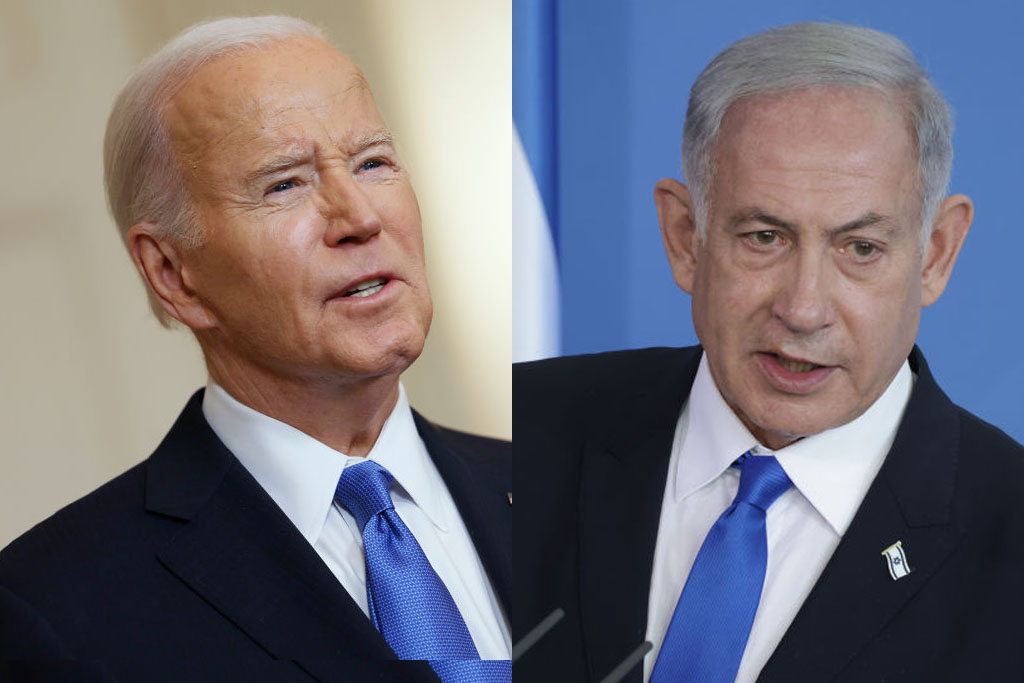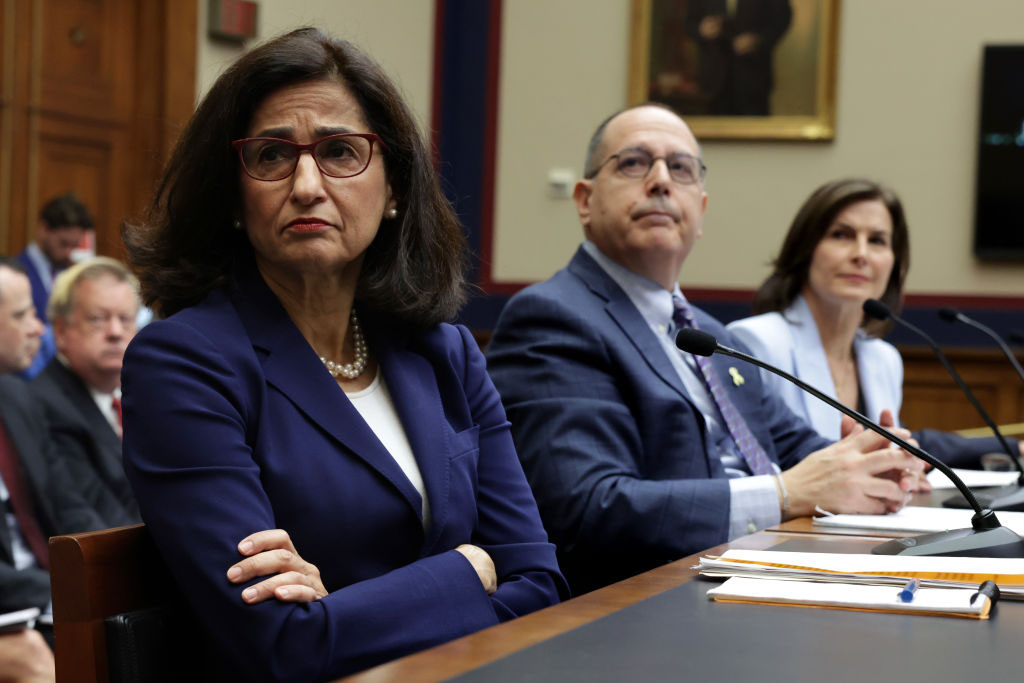Why did Israel gain control over the Temple Mount in 1967 and not establish any religious or cultural presence on Judaism's holiest site?
Like many conflicts in Israeli society, this intriguing conundrum involves a mix of Jewish legal disputes, politics, and the ongoing Arab-Israeli conflict, bringing with it a tender status quo that challenges Israel's claim to sovereignty over its holiest territory. With tensions continuing to mount between Jews and Muslims since the recent attempted assassination of Yehuda Glick, an activist who has advocated for equal prayer rights on the site, it pays to review how we came to this explosive situation.
Following the Six-Day War, in which Israel gained military control over the Temple Mount (“Har HaBayit” in Hebrew), Israel’s Chief Rabbinate promulgated a ban on Jews ascending to the site. This ruling coalesced with the desire of many Israeli officials to leave the Jordanian Waqf in charge of its religious, economic, and administrative activities. As a result, Jewish civilian presence on the mount was severely limited, causing many Jews and gentiles to ignore its significance in Jewish thought and history. The recent attempt to rectify this situation, for both political and religious reasons, has re-ignited a passionate debate over the halakhic propriety of ascending the mount.
Several biblical commandments regulated entrance to the various sections of the Temple, including the establishment of a guard system to enforce these rules (Num. 18:1–4). The Torah (Lev. 19:30) further commands a general reverence for the Temple, interpreted by the sages to include respectful behavior within permissible areas, such as not carrying a stick or wallet, wearing leather shoes, or walking around for mundane purposes.
Medieval commentators debated whether these restrictions became dormant following the Temple’s destruction. In the 12th century, Rabad of Posquieres contended that although the land of Israel territory retained its general sanctity, the Temple Mount was desacralized by its non-Jewish conquerors. Commentators understood this position to allow for Jews to walk on the Temple Mount, and he reported that they have historically done so. Indeed, as noted by Gedalia Meyer and Henoch Messner, talmudic stories and medieval travelogues indicate that Jews ascended the Temple Mount until Muslim conquerors banned entrance by non-Muslims in the twelfth century.
Maimonides, however, insisted that the entire compound has retained its sanctity, and that sacrifices may still be offered there, even without the Temple. In fact, as Rabbi Tzvi Hirsch Chajes pointed out, several talmudic passages indicate that many Temple rites – particularly the Passover sacrifice – continued into late antiquity. (In the 19th century, Rabbi Tzvi Kalischer, inspired by messianic aspirations, attempted to renew such activity. Yet his proposal was shot down by figures like Rabbi Yaakov Ettlinger, who contended that sacrifices were not permissible without finding the altar’s exact location, priests with proven pedigree, and various Temple apparatuses.)
Maimonides’ ruling, which demands continual reverence for the Temple Mount and restricts entry to it, was widely accepted by medieval and modern authorities. As former Sephardic Chief Rabbi Eliyahu Bakshi-Doron noted, these laws also prohibit tour guides from encouraging unrestricted visits to the site by non-Jewish tourists.
Nonetheless, the sages permitted entry into some of the sacred areas following appropriate ritual preparation, including immersion in a mikve, a ritual bath. Moreover, the current rectangular Temple Mount complex, which was expanded in the Herodian era to about 150,000 square meters, includes sections not within the original Temple area, which formed a square with sides of roughly 250 meters. Indeed, in his collected letters, Maimonides indicates that he himself walked and prayed in the permissible areas when he visited Israel in 1165.
As such, two sixteenth-century rabbis, David ibn Zimra and Yosef di Trani, attempted to delineate the exact Temple location and permitted Jews to walk on certain areas of the mount. Yet their calculations were highly disputed, leading many scholars – including Rabbi Yisrael of Shklov, leader of Jerusalem’s Jewish community in the nineteenth century – to prohibit entrance to the Temple Mount (which was regularly banned by the ruling authorities anyway). This position was advocated by numerous authorities following the Six-Day War, including Rabbis Ovadia Yosef, Yitzĥak Weiss, and Eliezer Waldenburg, and adopted by Israel's Chief Rabbinate.
Others contended that this stringency would lead to the neglect of the sacred space. Most prominently, Rabbi Shlomo Goren dedicated a book, Har HaBayit, to determining the permissible areas of entry. His determinations to grant Jewish prayer rights, however, were largely thwarted, as were the efforts of Rabbis Mordechai Eliyahu and She’ar Yashuv HaKohen to build a synagogue on the Temple Mount. The debate, however, has been renewed over the past decade as scholars likes Rabbis Nachum Rabinovitch and Ĥayim Druckman have advocated, for spiritual and political reasons, Jewish entry (after strict halakhic preparation) into areas they claim are indisputably outside the restricted zones. Yet other religious Zionist scholars, including figures strongly affiliated with the Israel's political right, such as Rabbis Avraham Shapira and Shlomo Aviner, have opposed such entry, maintaining that modern-day Jews are spiritually unprepared for the Temple’s holiness.
Given Israel's commitment to freedom of worship, it remains difficult to justify denying the right of Jews to pray on the Temple Mount if they deem it to be permissible. This is especially true given its historical significance and Israel's stated interest in protecting its sovereignty over the site. Yet like all conflicts in Israel that combine religion and politics, it must be handled with great sensitivity to ensure that our assertions of sovereignty avoid unnecessary bloodshed.
Rabbi Shlomo M. Brody teaches at Yeshivat Hakotel, directs the Tikvah Overseas Seminars, and is a columnist for the Jerusalem Post. He is also a presidential graduate fellow at Bar Ilan University Law School and a junior scholar at the Israel Democracy Institute. This essay is adapted from his new book, A Guide to the Complex: Contemporary Halakhic Debates (Maggid Books).





















 More news and opinions than at a Shabbat dinner, right in your inbox.
More news and opinions than at a Shabbat dinner, right in your inbox.